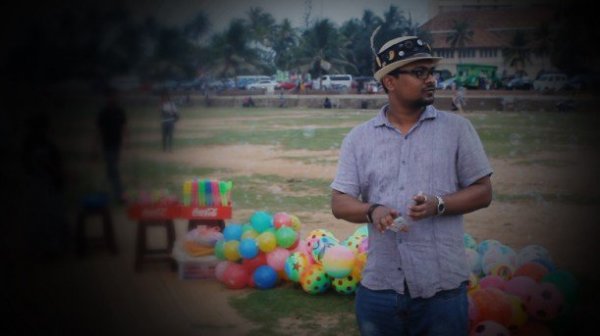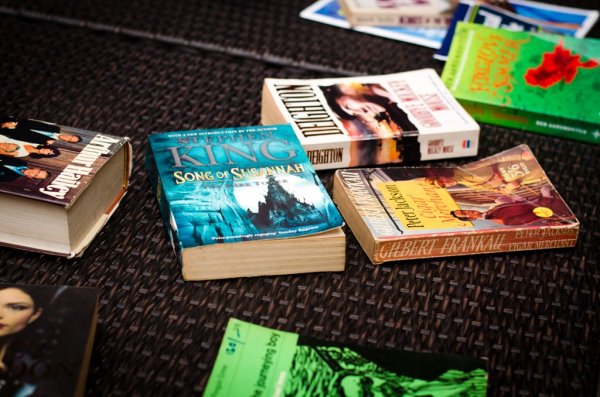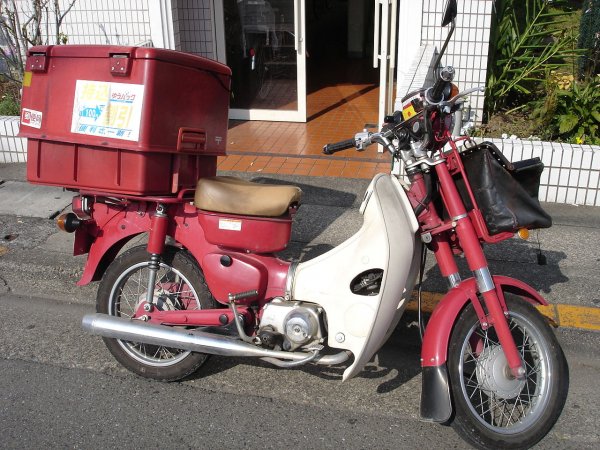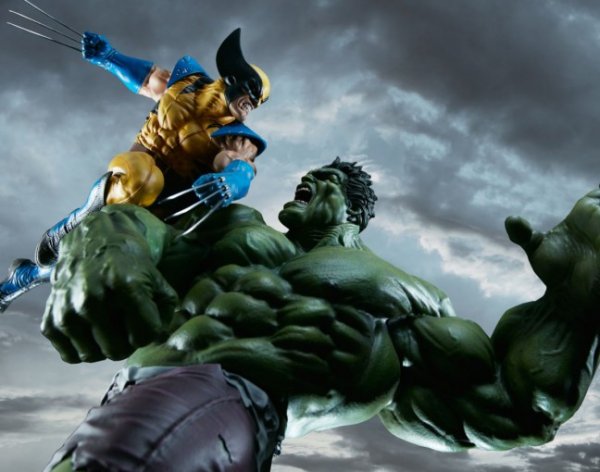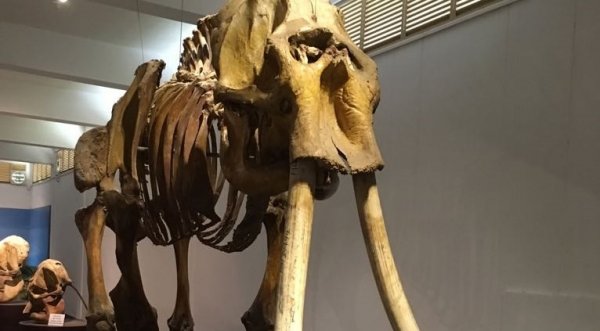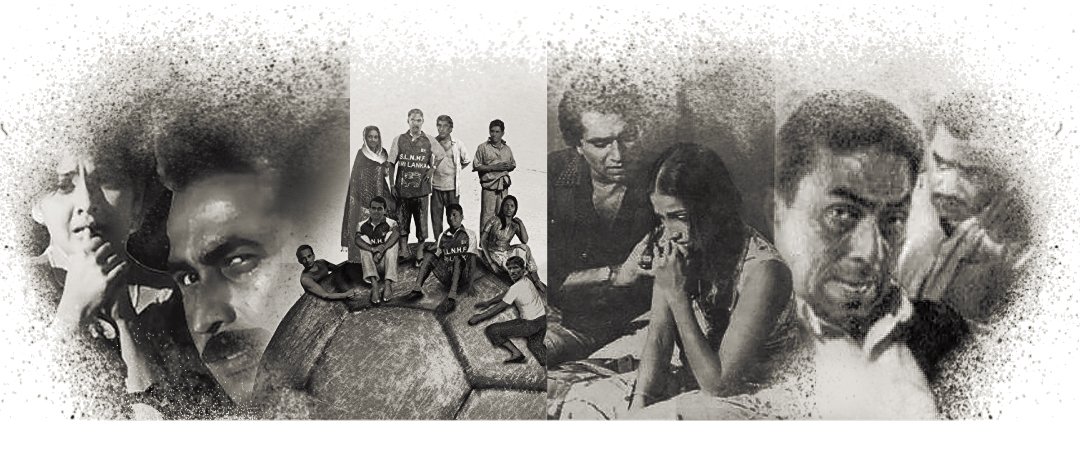
When you have a past that’s as eventful and colourful as Sri Lanka’s, some stories seem wilder than the movies. But it’s precisely these stories that filmmakers often pounce on to make a stunning, compelling film. Recently films like Silence in the Courts and According to Matthew made the news. Here are four of Sri Lanka’s best known films based on true stories.
1. Machan
When you speak of Sri Lankan films based on a true story, you can’t skip the film that was possibly the most successful of the genre. Machan (“friend”) was directed by Italian director Uberto Pasolini, who also produced the famed film The Full Monty, and was written by Ruwanthi de Chickera. It’s a dramatization of the story of the Sri Lanka National Handball Team…which was 100% fake news.
The film is based on the story of the Sri Lanka National Handball Team that took part in a German Sports Exchange program in 2004. According to the organisers, up to that point, different sports teams from Sri Lanka had been participating for 15 years. Only this time, after performing absolutely horrendously, the team vanished, perplexing the German authorities. The only thing left behind was a note saying that the team left for France, and later reports suggested the team crossed into Italy. When the Sri Lankan authorities were contacted, they were even more confused because there was no national handball team, certainly not one that the Sports Ministry recognised. And so, these 23 Sri Lankans made their escape from the country and to this day we don’t know how things ended up for them.
When Uberto Pasolini heard of this, he said “I fell in love with the story so much that I decided to shoot it myself”. With funding from several companies from Europe and Sri Lanka, the film was completed and debuted at the Venice film festival in 2008 to a 10-minute standing ovation. The film was also well beloved in Sri Lanka for it humourous and yet authentic take of the life of the poor in Sri Lanka.
2. Haara Lakshaya (The Four Lakhs/The 400,000)
While Machan may have been humourous, the crimes reenacted in this film were of a darker nature. Haara Lakshaya is the story of the Turf Club Robbery of 1949. At the time, nothing of this sort had ever taken place, making the headlines and later passing into legend to possibly become the most famous heist in Sri Lanka.
Back in 1949, the Racecourse at Reid Avenue still hosted horse racing, and betting on the horses was a highly lucrative venture that emptied the pockets of the British and Sri Lankan elite, as well as the ordinary working man or woman. These massive amounts of money were transported by a car from the Armstrong Garage to the Chartered Bank in Fort. But on January 31, 1949, the car that came from the Armstrong Garage was instead driven by robbers who had hijacked the car earlier and left the driver on duty tied up with a gas mask over his face. He died of asphyxiation. They made away with trunks of cash that came to almost 400,000 rupees, an amount that would be in the millions today. Ultimately, disagreements within the group led to two of the robbers turning themselves in, perhaps driven by the reward of 20,000 rupees for information. With their assistance, the entire group was apprehended. Among them was Simon Jayasinghe, brother of Minister S. de S. Jayasinghe.
The film was released in 1971 and was directed by Titus Thotawatte, the same Titus Thotawatte that would later be loved as “Ti Uncle” for his children’s content. Starring Joe Abeywickrama, Robin Fernando, and Alexander Fernando among others, he crafted a movie that is regarded as a classic to this day.
3. Dadayama (The Hunt)
Dadayama is a film of such calibre that some have argued that it could be the best film to come out of Sri Lanka. Led by accomplished veteran character actors Ravindra Randeniya and Swarna Mallawarachchi, Wasantha Obeysekara’s 1983 masterpiece certainly has everything going for it. It went on to win the Presidential Award for best film that year as well as nine more awards, and made almost as much of a stir as the real life tragedy it portrayed.
That tragedy is the murder of Adeline Vitharana. It was also known as the Wilpattu Murder after the book The Wilpattu Murder Case, written by High Court Judge A. C. Alles. The story first comes to light in 1959 when the body of a pregnant woman was found on the Anuradhapura-Puttalam road near the Wilpattu sanctuary. She had been run over by a vehicle. As it came to light in the inquest, Adeline had fallen in love with a man she knew as Lal Atapattu, a wealthy man who always came to see her in his Fiat car. But after she found herself pregnant and “Lal” begins to avoid her, she discovers that he is really Jayalal Anandagoda, a schoolteacher with a rented Fiat. She pressures him to marry her but he keeps avoiding the matter while still pursuing her. However, she intensifies her efforts after she becomes pregnant for the second time and goes through much hardship. Ultimately she was murdered by Anandagoda in March 1959. Anandagoda was found guilty of murder and was executed by hanging on June 21, 1962.
4. Yakadaya (The Iron Man)
Sanchi Arachchige Jinadasa is not a name familiar to most people. However, you might know him as Marandankadawala Yakadaya a.k.a. the Iron Man of Maradankadawala. While no one knows exactly how Jinadasa gained this name, all the stories point to various feats of strength involving iron. Jinadasa was a notorious highway robber but also was greatly popular among the people for being a ‘Robin Hood’ of sorts by assisting people with his ill gotten gains.
This remarkable character and his life was brought to the silver screen in the film Yakadaya in 1977 by director Neil Fonseka, starring the great Gamini Fonseka in the titular role. However, the real Yakadaya was not pleased with his on-screen portrayal and is said to have spoken out against the many inaccuracies, such as depicting him consuming meat and alcohol, to Gamini Fonseka himself.
Cover Image: amazon.com
